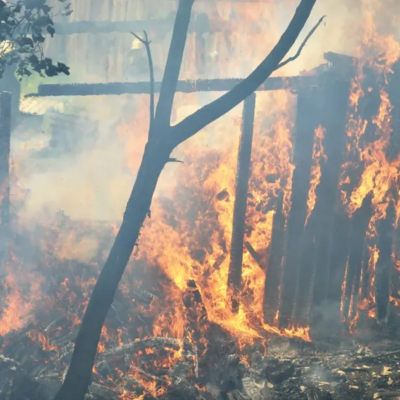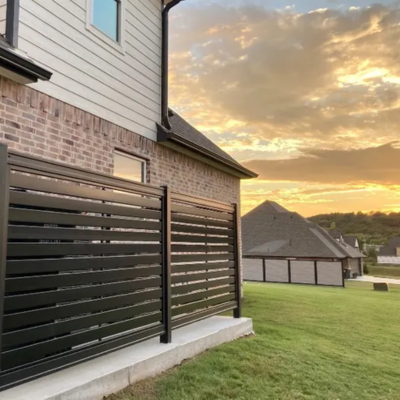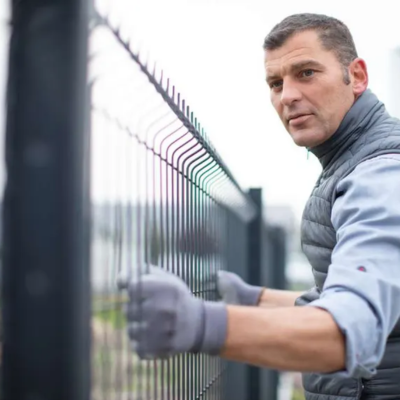Fencing Options for Bushfire-Prone Areas in Queensland
Queensland’s climate and landscapes make many areas vulnerable to bushfires, especially during the hotter months of the year. While most homeowners think about roof materials, landscaping, or water storage when preparing for fire risk, fencing is often overlooked. The wrong fence can act as fuel, helping flames or embers spread rapidly between properties.
By contrast, the right fencing choice improves resilience. Non-combustible materials and smart layouts can slow the advance of fire, protect structures, and give emergency services better access. Understanding the fencing options available in bushfire-prone areas allows homeowners to make informed decisions that balance safety, compliance, and long-term durability.





